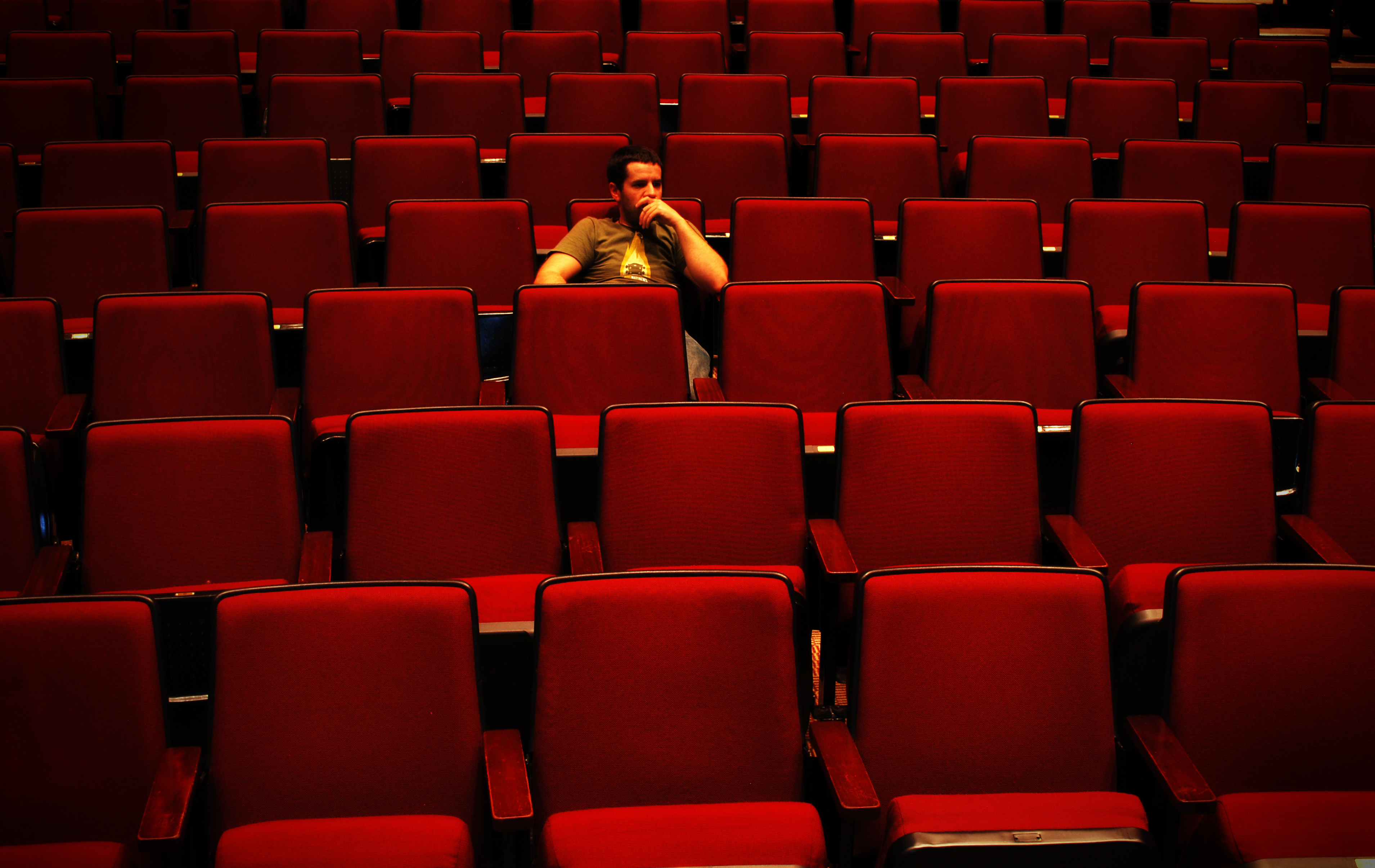
Some time ago, I was invited to a Writers Guild strategy session on some presentation being made to the Canadian TV regulator, the CRTC, regarding some consideration they were making that might increase or decrease the presence of scripted drama on the dial.
We made a list of the players who would be arguing to better their situations just as we were seeking to better the situation of writers.
One group appeared missing from the list of those who would be impacted, and I asked, “What about the audience?”.
Everybody looked at me like I had two heads. Which you’d think they’d have gotten used to by now, but anyway –- it was another reminder of how little the people we make stuff for are considered by most of the makers when we make the stuff.
I was reminded of the same thing this week as I watched interviews with various filmmakers being streamed, blogged and broadcast from the Sundance Film Festival.
I was struck by not only how few filmmakers were able to articulate what their film was about but how many still hoped it would be picked up to offer “the full theatrical experience” rather than end up on TV, DVD or Netflix.
Somehow the audience accessing your work in perhaps the only way they might was secondary to getting those viewers crowded together in the multiplex.
And to be sure, the experience of seeing a film in a communal atmosphere is exceptional. Except that such an atmosphere is getting harder to find –- as are films that can’t equally be appreciated on a 42” Sony or an iPad.
Recently, a reviewer for the NY Times bemoaned how much indie “crap” she had to wade through every year, most of it completely unworthy of a theatrical release.
While her basic concern was how this situation will affect the growth and maturation of future filmmakers, the effect all these crummy movies was having on the audience was virtually ignored.
Any among us who make or love Canadian films know how hard it is to drag friends and neighbors to see them –- and how much harder that becomes after we drag them to see a bad one.
It’s not unlike how hard it used to be for Canadian wineries to get anyone to drink from a bottle that didn’t have a duck on it.
Audiences, more than we admit, are susceptible to the “once bitten, twice shy” syndrome. And from my perspective it’s not the Indie filmmakers who are biting them hardest. A lot of those people are still trying to figure out what they’re trying to say and how to say it.
On the other hand, Hollywood seems to be actively agitating to rid itself of the theatrical model. For a few months each Fall, a flurry of challenging or unique films get released. The rest of the time, we’re subjected to an endless repetition of comic book character, sequel or genre re-boot or re-tread of the week.
And even when something “new” feels upon us, the cynical, jaundiced nature of Hollywood dealmakers seems to take precedent.
Last year, fans of “The Hobbit” were surprised to learn that a beloved but frankly pretty thin story would be released not as one film but three.
A few months ago we learned that the reason wasn’t that a spectacular single film couldn’t have satisfied the fans. But that by releasing a Part Two and a Part Three, the studio would sever the producer who had developed the project from future profits because he didn’t own the sequel rights and those two releases are technically and contractually sequels.
Now this will all get settled in court to the benefit of one bunch of suits or another. But it doesn’t heal the disappointment felt by those leaving a theatre unfulfilled or those inspired to read the book (rather than wait two years to learn how it ends) and discover huge chunks of the film aren’t even in it.
However we deal with each other in this business, or how much we want our own vision to succeed, we need to be reminded that the audience is what allows us to keep working and they deserve to be treated with far more respect and perhaps a little honesty.
Enjoy Your Sunday.




No comments:
Post a Comment